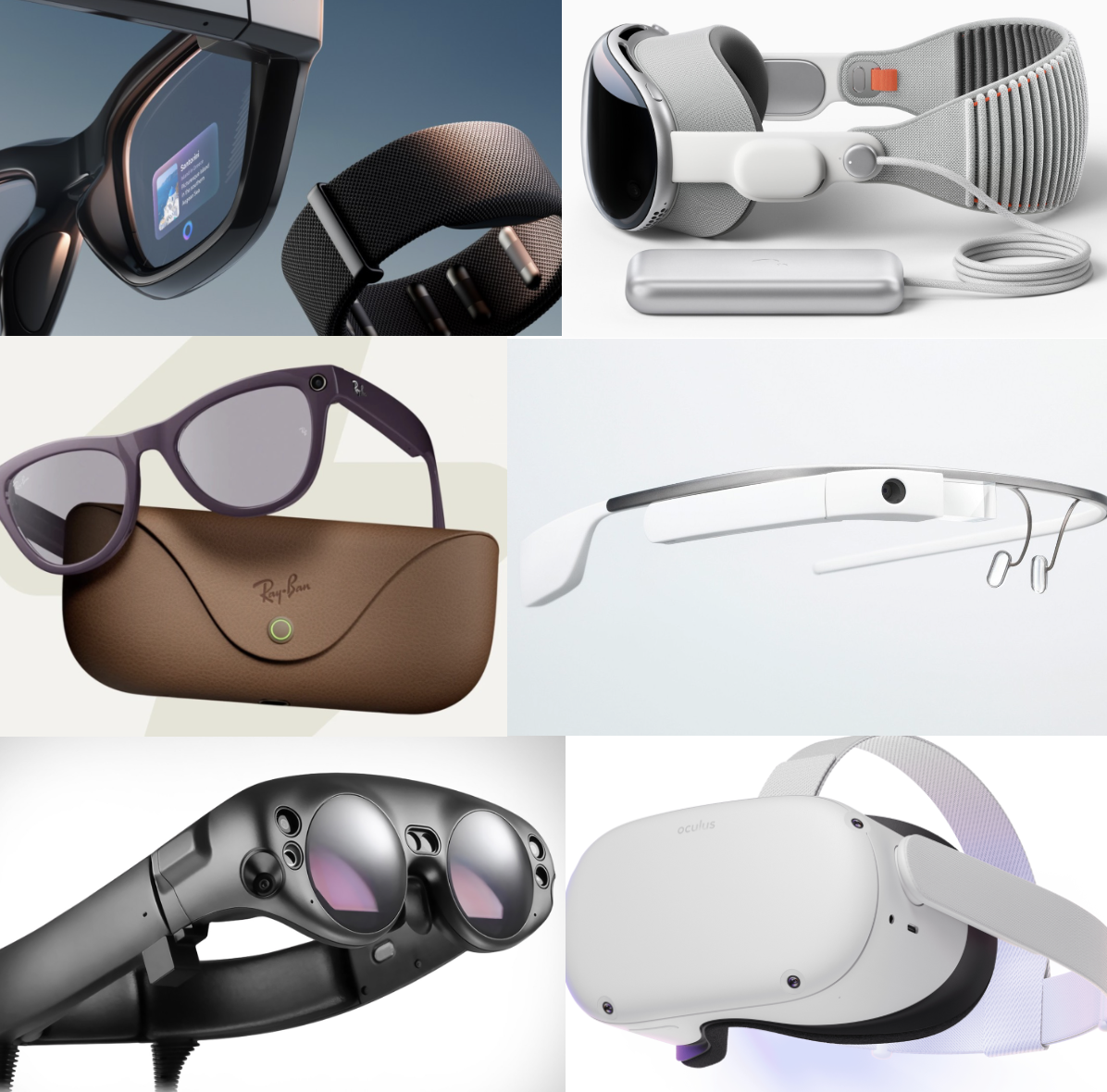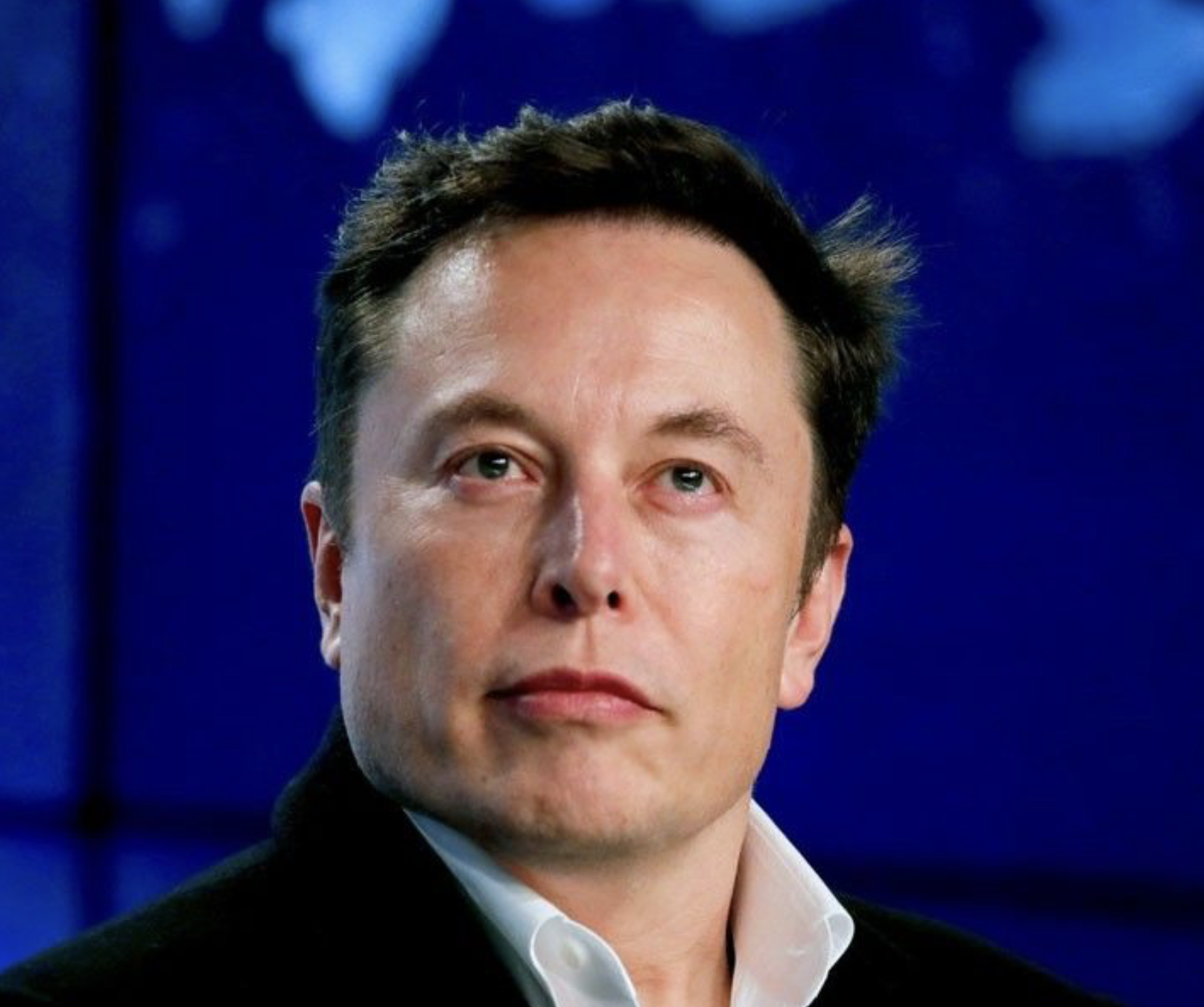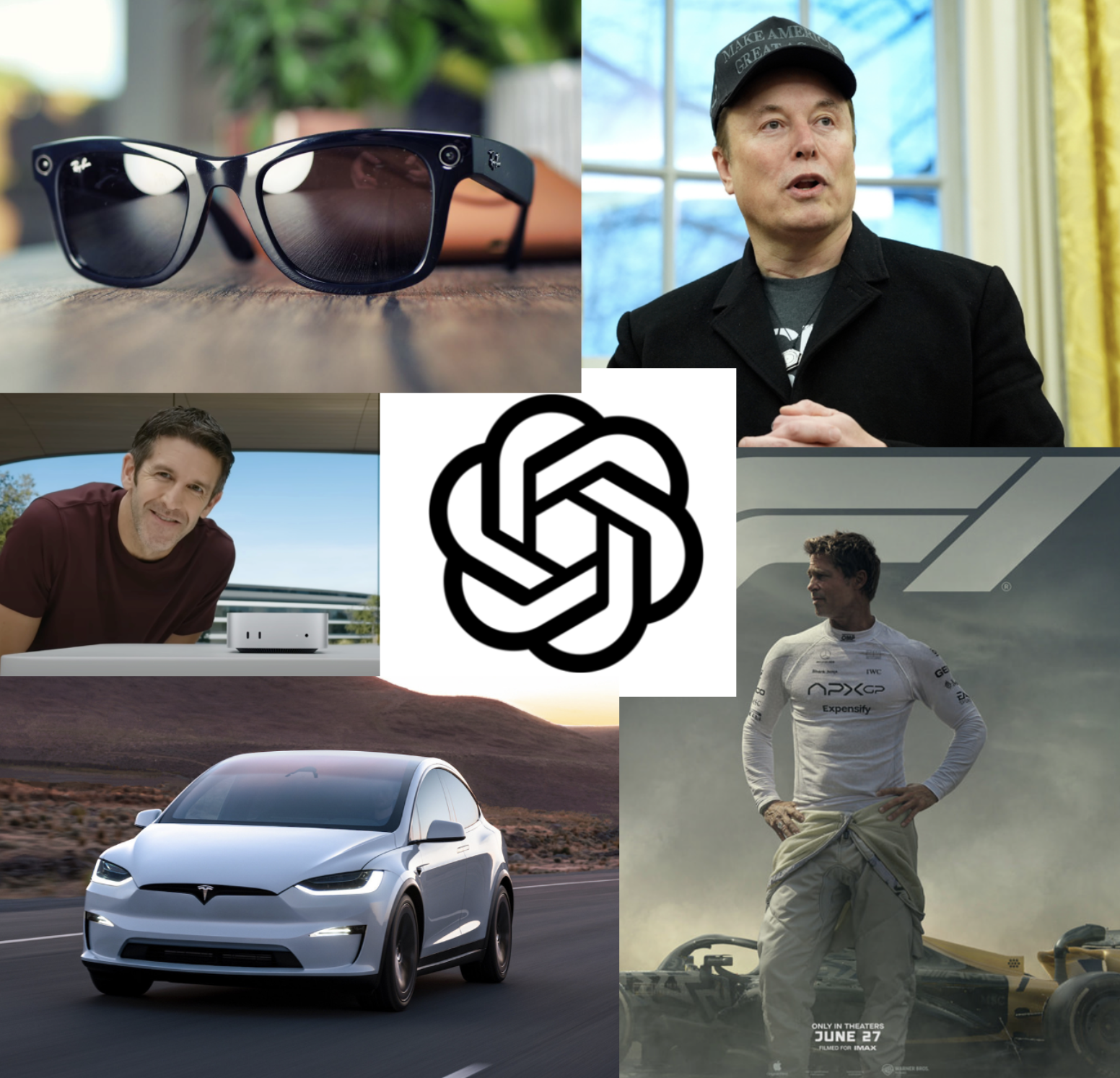Thought-provoking and insightful essays about technology.
By Neil Cybart / @NeilCybart
Neil’s essays on the latest developments in the technology industry provide a fresh and unique perspective on how to make sense of the world. More than 180 essays have been published to date. An Inside Orchard membership is required to read Neil’s essays and receive new essays directly in your inbox and podcast player. Become an Inside Orchard member (monthly or annual options) using the following payment forms.
With a diverse member list that includes Silicon Valley and Fortune 500 executives, the largest investors on Wall Street, hobbyists, and students, Inside Orchard is a unique source of analysis into the latest developments in the technology industry.
Essays
Member Privileges and Benefits
Receive Exclusive Essays. Essays revolve around the following topics: industry analysis, company / business model analysis, technology’s impact on societal and consumer trends. Sample essays can be viewed here, here and here.
Access Exclusive Private Podcast. Listen to Inside Orchard essays via an exclusive private podcast. After becoming a member, all previously-published podcast episodes become available in your favorite podcast player. Podcast episodes never become available to the public.
Inside Orchard Support. Play an active role in supporting Inside Orchard as an independent source of analysis and perspective. Inside Orchard is 100% supported by its members.



















